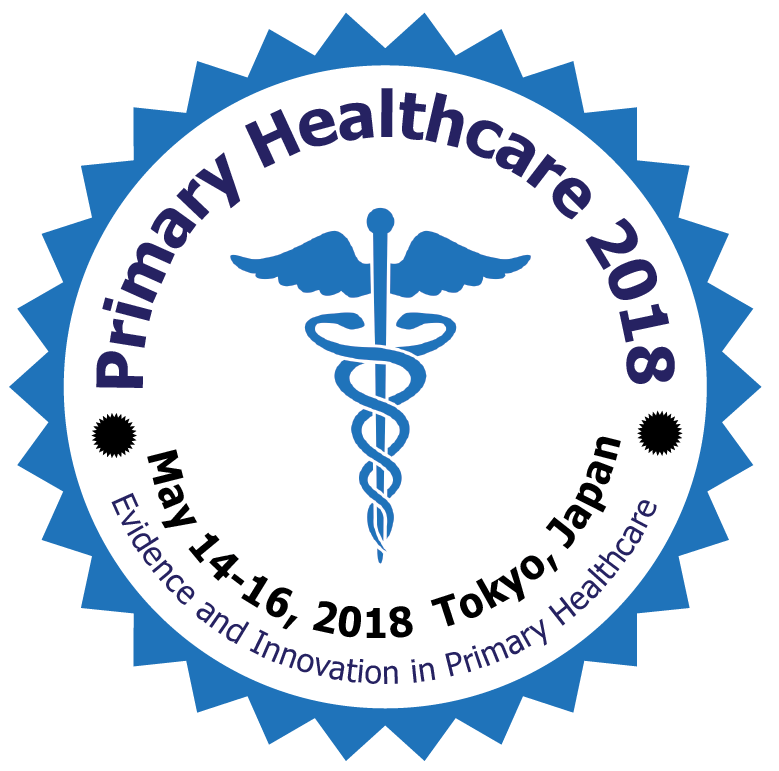Pnina Granat
Assaf Harofeh Medical Center, Israel
Title: Prevention of Phlebitis development during hospitalization on otolaryngology and plastic surgery wards
Biography
Biography: Pnina Granat
Abstract
Introduction: Intravenous catheters are indispensable tools of modern medicine. Although intravenous devices can be used for a variety of purposes, they may cause complications, Phlebitis being the most commonly observed one. During hospitalization, a peripheral infusion is introduced into the patient for therapeutic purposes or retention of venous access. The incidence of Phlebitis ranges from 25% up to 70%. About 80% of hospitalized patients have intravenous treatment. This subject was chosen by a management team in the department as a quality project.
Aims: (1) Mapping the existing situation, (2) Increasing awareness of nursing staff to prevent infections and (3) Improving the quality of patient care.
Method: Quality indices were established. Using a sample of 100 patients each quarter during the year, data were collected by means of observation and completion of a questionnaire by the department staff. We examined measures such as rate of patients without evidence of Phlebitis, no deviations from vein, vein line treatment, skin assessment and documentation reports.
Results: The rate of patients without Phlebitis was 89% and increased to 95%. The rate of no deviation from the vein increased from 91% to 98%. Quality treatment according to procedures increased from 86% to 93%. The performance index for skin rate assessment increased from 82% to 94%. During the implementation of the quality program the staff attended lectures about infection prevention and participated in training sessions. The findings were presented at staff meetings and cooperation between doctors and nurses increased. The improvement program continues to be in operation in the department for the purpose of achieving and maintaining the goals.
Conclusion: Health professionals must acknowledge the importance of infection prevention and appropriate patient care and this should be emphasized via education of the staff, prevention measures, clinical evaluation and intervention.

